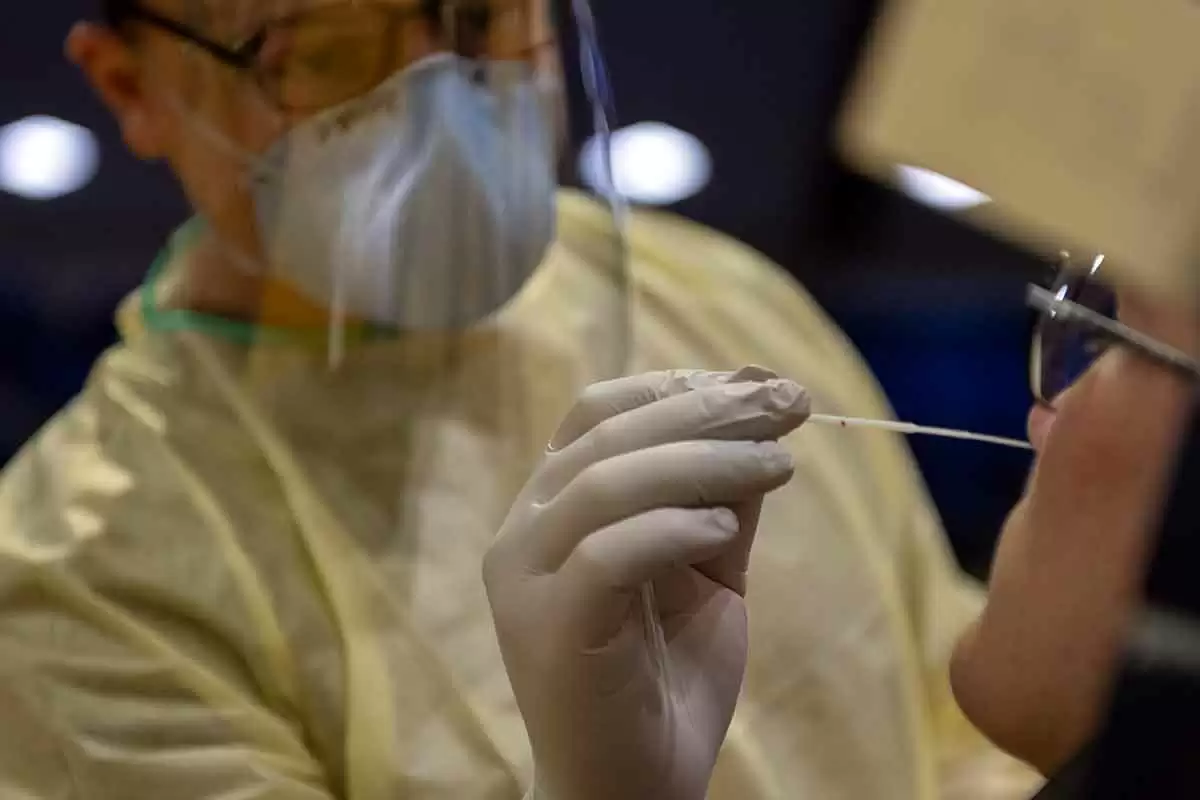Celiac.com 06/03/2024 - Celiac disease is a chronic autoimmune disorder affecting around 1% of the global population. It is triggered by the ingestion of gluten proteins found in wheat, barley, rye, and some oats. When individuals with celiac disease consume gluten, their immune system responds abnormally, causing inflammation and damage to the small intestine. This condition requires a strict gluten-free diet to prevent severe intestinal damage and other associated health issues.
Recent research has provided new insights into how specific gluten-derived molecules contribute to the disease process in celiac disease, particularly focusing on a molecule known as the 33-mer deamidated gliadin peptide (DGP). This study explores the formation of DGP oligomers and their effect on gut permeability, shedding light on potential mechanisms behind the development of celiac disease.
Formation and Characteristics of the 33-mer Deamidated Gliadin Peptide
Celiac.com Sponsor (A12):
When gluten is consumed, it is not entirely broken down by the digestive system. This incomplete digestion results in the formation of large gluten fragments, or peptides, in the gut. One such peptide is the 33-mer gliadin peptide, which is particularly resistant to further enzymatic breakdown. In individuals with celiac disease, this peptide undergoes a modification by an enzyme called tissue transglutaminase 2 (tTG2), resulting in the formation of the 33-mer deamidated gliadin peptide (DGP).
The 33-mer DGP has a high affinity for specific proteins called human leukocyte antigens (HLAs), particularly HLA-DQ2 and HLA-DQ8. This interaction is crucial because it triggers an immune response, leading to inflammation and damage to the intestinal lining. This strong interaction classifies the 33-mer DGP as a superantigen, which means it can elicit a significant immune response even at low concentrations.
Oligomerization of 33-mer DGP and Its Structural Properties
The study discovered that the 33-mer DGP spontaneously forms nanosized structures known as oligomers. Using advanced microscopy and biophysical techniques, researchers observed that these oligomers have a diameter of approximately 24 nanometers. The peptide displays two main structural motifs: a major polyproline II (PPII) helix and a minor beta-sheet structure. These structural elements are critical because they influence how the peptide interacts with other molecules and cells.
The PPII helix is a unique structural motif characterized by its stability and lack of hydrogen bonds. It is common in peptides rich in proline, glutamine, and glutamic acid, which are all abundant in the 33-mer DGP. The beta-sheet structure, although less prominent, also plays a role in the peptide's overall behavior and its ability to form oligomers.
Effects of 33-mer DGP Oligomers on Gut Permeability
One of the key findings of the study is that the presence of 33-mer DGP oligomers significantly increases gut permeability. This effect was observed using a gut epithelial cell model known as Caco-2 cells. When these cells were exposed to the 33-mer DGP oligomers, researchers noted a decrease in transepithelial electrical resistance (TEER), a measure of cell layer permeability. Lower TEER values indicate a compromised barrier function of the gut lining.
Further investigation revealed that the increased permeability was associated with the redistribution of zonula occludens-1 (ZO-1), a critical protein involved in maintaining tight junctions between gut epithelial cells. Tight junctions are essential for preserving the integrity of the gut barrier, preventing harmful substances from leaking into the bloodstream. The mislocalization of ZO-1 in the presence of 33-mer DGP oligomers suggests that these structures can disrupt the tight junctions, leading to a "leaky gut."
Implications for Celiac Disease Pathogenesis
The findings of this study have significant implications for our understanding of celiac disease. Traditionally, it was believed that chronic inflammation in celiac disease led to increased gut permeability. However, this study supports an alternative hypothesis: that the primary cause of gut permeability issues in celiac disease may be the direct effect of gluten-derived peptides, such as the 33-mer DGP oligomers, on the gut lining.
This discovery suggests that the formation of 33-mer DGP oligomers and their ability to compromise the gut barrier could be an early trigger in the development of celiac disease. By allowing other gluten peptides, bacteria, and toxins to enter the bloodstream more easily, these oligomers might initiate the inflammatory response and subsequent autoimmune reactions characteristic of celiac disease.
Potential for Therapeutic Interventions
Understanding the role of 33-mer DGP oligomers in celiac disease opens up new avenues for therapeutic interventions. If these oligomers are indeed a critical factor in increasing gut permeability and triggering the disease, then targeting them could be a promising strategy for preventing or treating celiac disease.
One potential approach could be developing therapies that inhibit the formation of 33-mer DGP oligomers or block their interaction with the gut lining. This could help maintain the integrity of the gut barrier and prevent the cascade of immune responses that lead to celiac disease. Additionally, focusing on the specific amino acids that promote beta-sheet formation within the peptide might offer another strategy to modulate its oligomerization and reduce its harmful effects.
Conclusion
The study provides crucial insights into the molecular mechanisms underlying celiac disease, particularly the role of the 33-mer deamidated gliadin peptide and its oligomers. By demonstrating how these structures can increase gut permeability and disrupt tight junctions, the research highlights a potential early trigger for the disease.
For individuals with celiac disease, these findings are meaningful because they suggest new possibilities for therapeutic interventions that go beyond simply avoiding gluten. By targeting the specific molecules and mechanisms involved in the disease process, future treatments might offer more effective ways to manage or even prevent celiac disease, improving the quality of life for those affected.
Read more: onlinelibrary.wiley.com











Recommended Comments
Create an account or sign in to comment
You need to be a member in order to leave a comment
Create an account
Sign up for a new account in our community. It's easy!
Register a new accountSign in
Already have an account? Sign in here.
Sign In Now